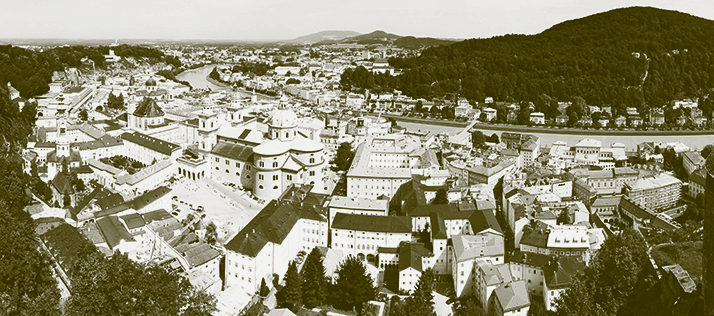
First up, from September 2–5, is the inaugural European Mass Spectrometry: Applications to the Clinical Laboratory (MSACL) conference, which follows on from the success of the US version, which has been held in San Diego since 2008. Aiming to offer a forum to discuss the hot topic of MS implementation in the clinical laboratory, MSACL has drawn an excellent selection of speakers. Here are our highlights: Direct mass spectrometric characterization of fluids, cells and tissues - the benefits and the price of real-time analysis (Zoltan Takats, Thursday, 8:15am).
Metabolic profiling as a tool for investigating diseases of pregnancy (Elizabeth Want, Thursday, 10:45am). Rapid bedside diagnosis tools by coupling of bio-compatible solid phase microextraction (SPME) devices to mass spectrometry (Janusz Pawliszyn, Thursday, 11:35am). MALDI molecular imaging of proteins, metabolites and drugs for preclinical and clinical research (Axel Walch, Thursday, 3:00pm). The impact and potential consequences of machine intelligence on healthcare (Randall Julian, Friday, 8:15am). Towards an LC-MS/MS based clinical-chemical analyzer for small molecules in body fluids (Karl-Siegfried Boos, Friday, 11:10am). Touch spray mass spectrometry (TS-MS) used for rapid diagnosis of kidney and prostate cancer using tissue specimen obtained from surgery (Kevin Kerian, Friday, 3:50pm). For more information, see www.msacl.org.
Not satisfied with just one analytical conference per month, Salzburg Congress Center welcomes the 30th International Symposium on Chromatography from September 14–18. “The overarching goal of ISC is to promote research and knowledge in separation science in all its broad glory. We will cover the fundamentals and applications, from nano to preparative scale,” says co-chair of ISC 2014, Wolfgang Lindner. It would be a shame to miss the plenary lectures on Sunday evening; Pat Sandra, recipient of the Pregl Medal Award and excellent orator, takes the stage at 5:25pm to highlight advances in biopharmaceutical analysis. Sandra is followed by Jeremy Nicholson, director of the UK’s National Phenome Centre, who will discuss how we can meet the analytical challenges of systems medicine and molecular phenotyping.
Here are our other top picks from the scientific program: Non-traditional format of monoliths for separations of small molecules, peptides, and proteins (Frantisek Svec, Monday, 10:50am). An ion chromatograph for extraterrestrial explorations (Purnendu Dasgupta, Monday, 11:20am). Trends and applications of LC-MS-based methods to assess the exposure to the “mycotoxin cocktail” present in food and feed stuffs (Rudolf Krska, Tuesday, 9:00am). A novel approach to low volume sample preparation (Tony Edge, Tuesday, 10:10am). Plasmid DNA biopharmaceuticals analysis: new media and methods for iosoform and topoisomer separations (Michael Lämmerhofer, Tuesday, 11:00am). Exploring selectivity and enantio resolution of sub 2 µm silica particles modified with vancomycin by nano-LC (Salvatore Fanali, Wednesday, 9:30am). Ionic liquids in separations and MS (Daniel Armstrong, Wednesday, 3:35pm - see Sitting Down With). Synergy between material science and analytical chemistry - potential of new materials in integrated air sampling and sample pretreatment (Marja-Liisa Riekkola, Thursday, 10:30am). Ion mobility MS with direct surface analysis or LC workflows applied to drug metabolism and metabolomics (Gérard Hopfgartner, Thursday, 1:05pm). For more information, see www.isc2014.at.
